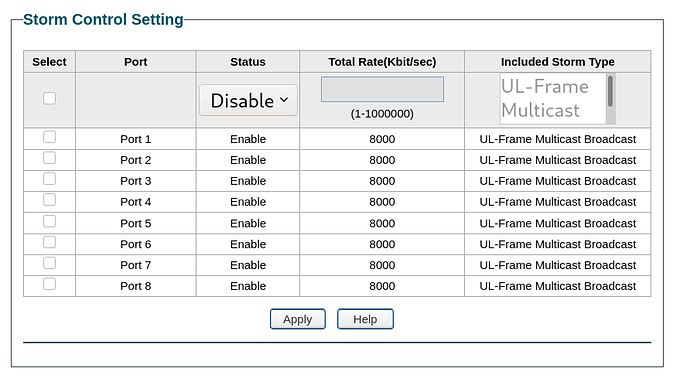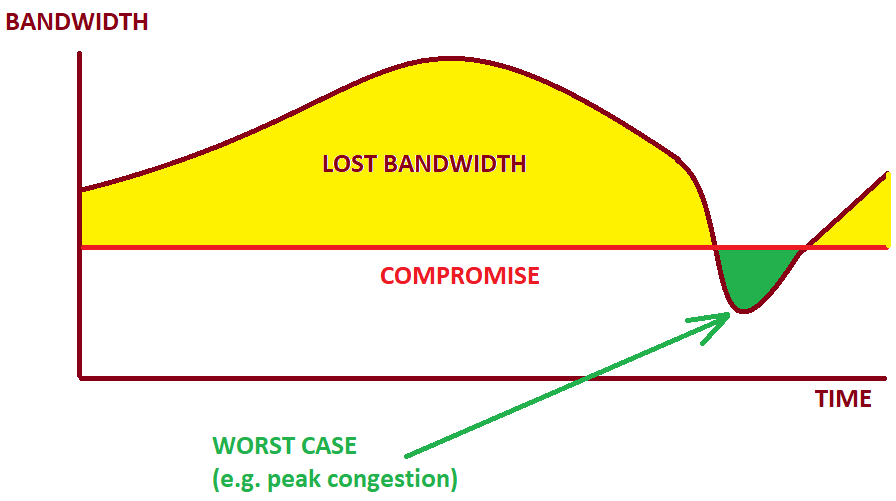Now that 500Mbps+ fiber and DOCSIS connections are becoming more common, the issues with bufferbloat and uncontrolled latency are no longer just affecting people's internet connections. Now the slowest point in the link between your device and a server on the internet can easily be one of your LAN links.
For example, if you use a power line Ethernet, Moca, or G.hn device this can easily operate at 50-200 Mbps range, some wifi APs may have a 100Mbps Ethernet port, an old switch might be 100Mbps, or an old or damaged Ethernet cable might force a 100Mbps link, and wifi connections can easily modulate at anywhere from 6Mbps to 800. All of these will be slower than a 900+ Mbps fiber connection to your ISP.
If you experience latency issues it can be because of buffering in one of these choke points. What can you do?
-
smart switch policers. If you have a link like a power line device connected to a smart switch, set the smart switch to limit the ingress and egress on this port to below the level reliably provided by the power line device. This will give a more consistent speed and latency than otherwise. My experience is maybe 20ms of delay under load is fairly achievable.
-
judiciously use DSCP tags on your latency sensitive wifi traffic. For example video conference can be tagged to go through the video wmm queue. CS4,AF41,AF42 will normally go through the video queue. Even if there is buffering of bulk streams this may hold your conference calls latency down. For audio only connections you can try CS6 to send through the voice queue but limit this only to audio streams or games that use less than 1 Mbps preferably much less.
-
Replace old switches and old Ethernet cables. For LAN use I can unreservedly recommend the TPlink sg108e smart switch. It's typically around $30-$35 and offers way improved utility over unmanaged switches, esp. 100Mbps ones.
-
Segment your network. Move heavy traffic devices so the traffic doesn't go over the same wire and cause congestion within your network. For example don't daisy chain multiple desktop machines that all need to access a file server.
-
Utilize Link Aggregation on smart switches to relieve congestion. For example file servers can utilize a pair of ports on a switch, or two switches can be connected via a pair of ports.
Do you have a gigabit internet connection and bufferbloat on your LAN? Leave comments below. I'm interested in how common this is now that gigabit fiber is no longer niche.



